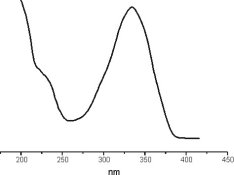holmburgers
Member
Nadeau does talk about carbro in History and Practice of Carbon Processes, as does Friedman in History of Color Photography (probably my favorite book...). A whole chapter in each book is devoted to it.
Here's what Nadeau says:
The Chemical reactions which take place between the sensitized pigment and the bromide print are rather complicated but may be summarized as follows:
1. The ferricyanide oxidizes the silver in the bromide print and so loses oxygen and is reduced to ferrocyanide.
2. The chromic acid oxidizes the ferrocyanide and in doing so forms chromium salts which are capable of tanning the gelatine.
3. The chromium salts, which must be soluble, diffuse back into the gelatine pigment layer and tan the gelatine. Pure chromic acid would only tan the gelatine emulsion layer of the bromide print but would not diffuse back into the pigment.
I'm sure Friedman has a lot more on it as well.
In other news, Kees, is the price from China competitive? Bob, I understand you might be coming to Rochester in January; let's talk about carbro sometime and see what we can see.
Here's what Nadeau says:
The Chemical reactions which take place between the sensitized pigment and the bromide print are rather complicated but may be summarized as follows:
1. The ferricyanide oxidizes the silver in the bromide print and so loses oxygen and is reduced to ferrocyanide.
2. The chromic acid oxidizes the ferrocyanide and in doing so forms chromium salts which are capable of tanning the gelatine.
3. The chromium salts, which must be soluble, diffuse back into the gelatine pigment layer and tan the gelatine. Pure chromic acid would only tan the gelatine emulsion layer of the bromide print but would not diffuse back into the pigment.
I'm sure Friedman has a lot more on it as well.
In other news, Kees, is the price from China competitive? Bob, I understand you might be coming to Rochester in January; let's talk about carbro sometime and see what we can see.








